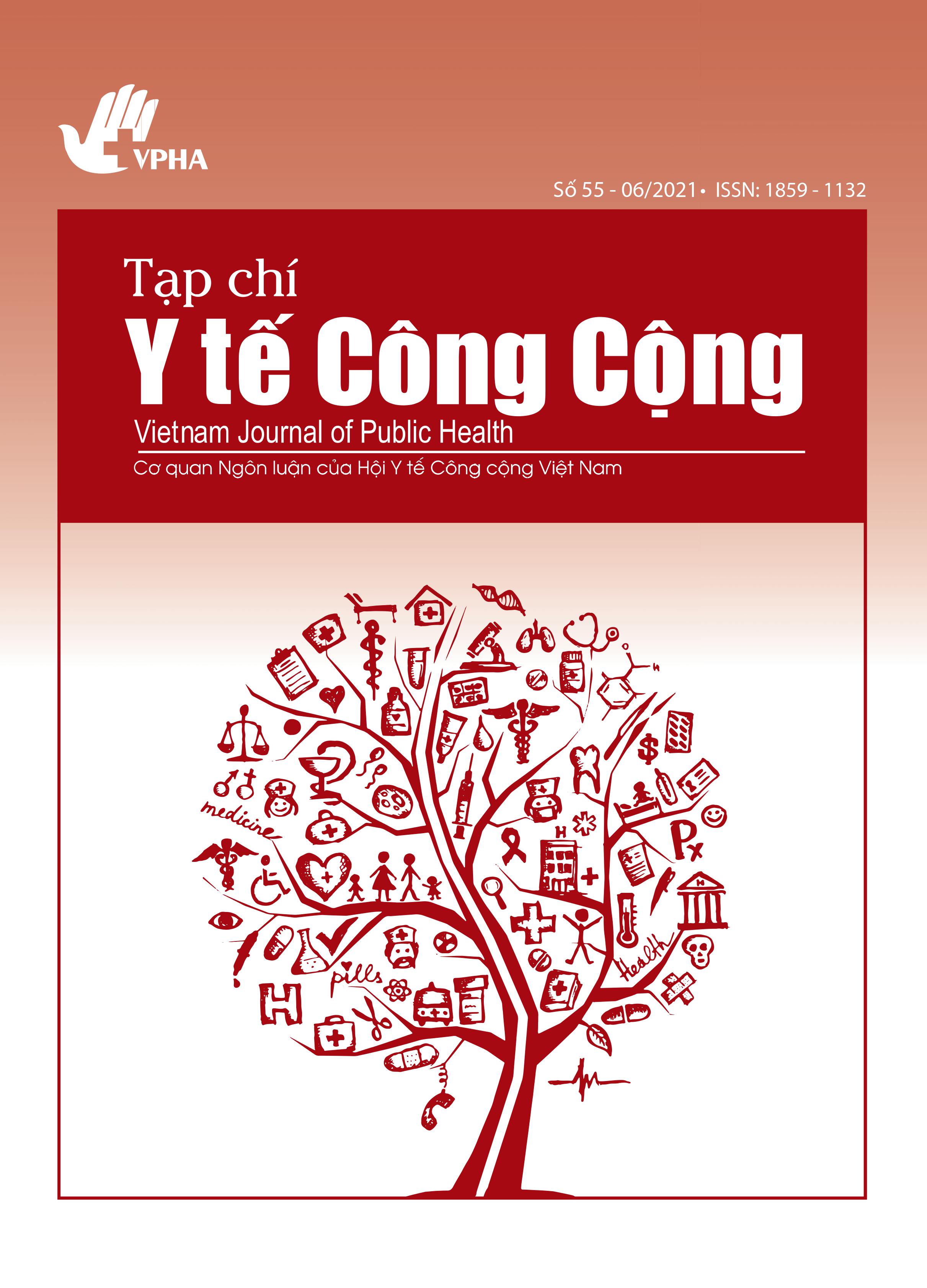Using information on HIV/AIDS prevention and control of University students in Vinh
Abstract
Abstract: HIV-infected subjects tend to "rejuvenate" more and more clearly. The HIV infection rate in the 20-39 age group accounts for 70%. Communication on HIV/AIDS prevention and control in schools is the easiest to implement and focuses on the most target audience. Vinh University of Technical Education is one of the six key HIV/AIDS universities in Vinh. Research (NC) to learn about students' use of information and communication for HIV/AIDS prevention and control. Using cross-sectional, quantitative combined qualitative descriptions. Quantitative research: Select a proportional stratified clustering sample, data were collected on 400 students, using a pre-designed structured questionnaire. Qualitative research: Select a sample purposefully, conduct in-depth interviews and student group discussions. Students think HIV information is the most useful information, accounting for 45.8%. Information on HIV/AIDS shared with friends accounted for 64%, professional staff accounted for 50.5%, father, mother or both parents accounted for less than 30%. Students like to find out information through books, radio, TV, magazines accounted for 82.2%, lectures accounted for 47%. This is due to the characteristics of technical schools, so HIV/AIDS prevention and control is rarely mentioned in the subjects. The topic of HIV/AIDS is a delicate topic and is not openly discussed and limited in communication with teachers as there is no formal subject on HIV/AIDS, communication methods on prevention and control. HIV/AIDS has different advantages and disadvantages. Information related to HIV/AIDS should be included in the curriculum. Communication forms should be diverse

